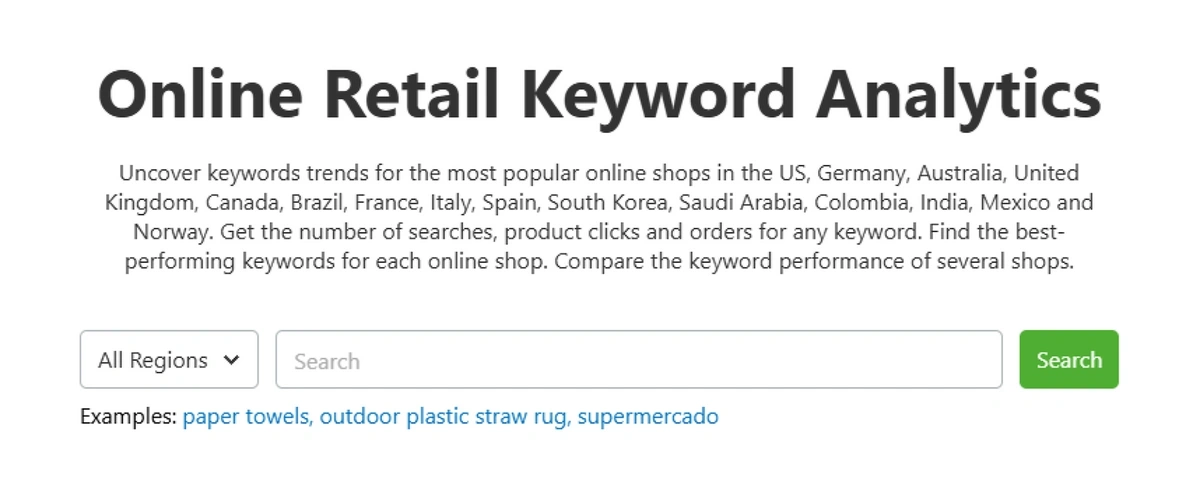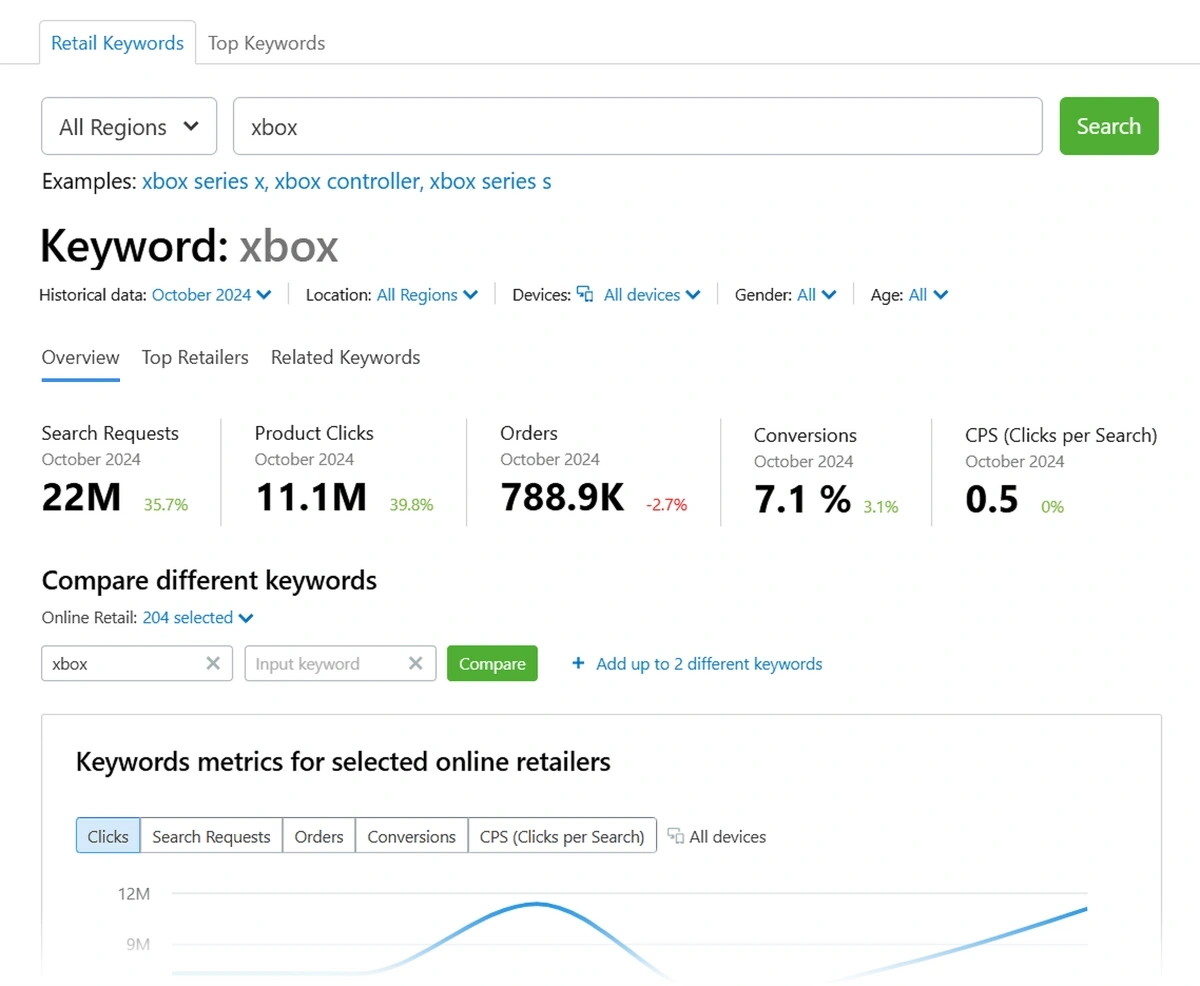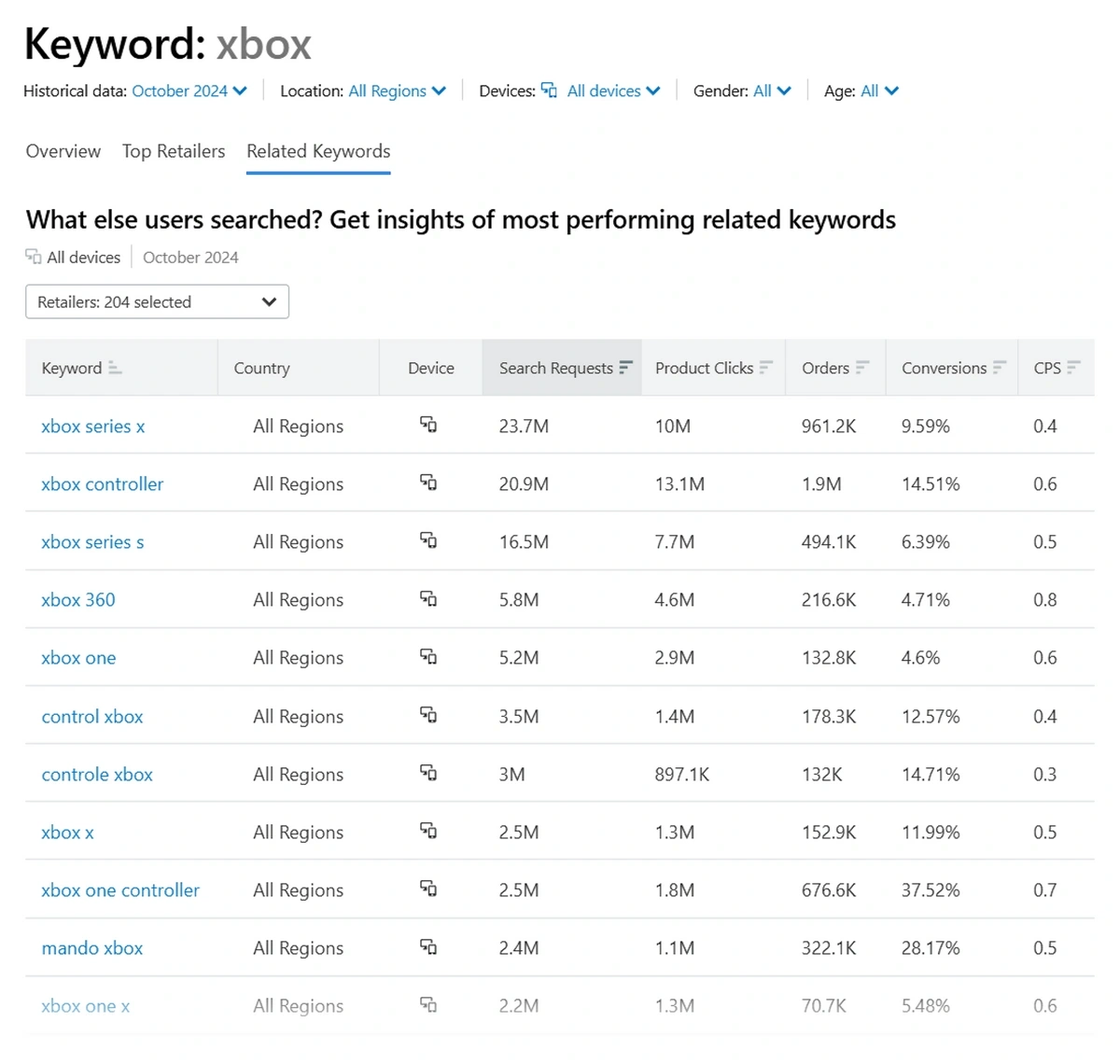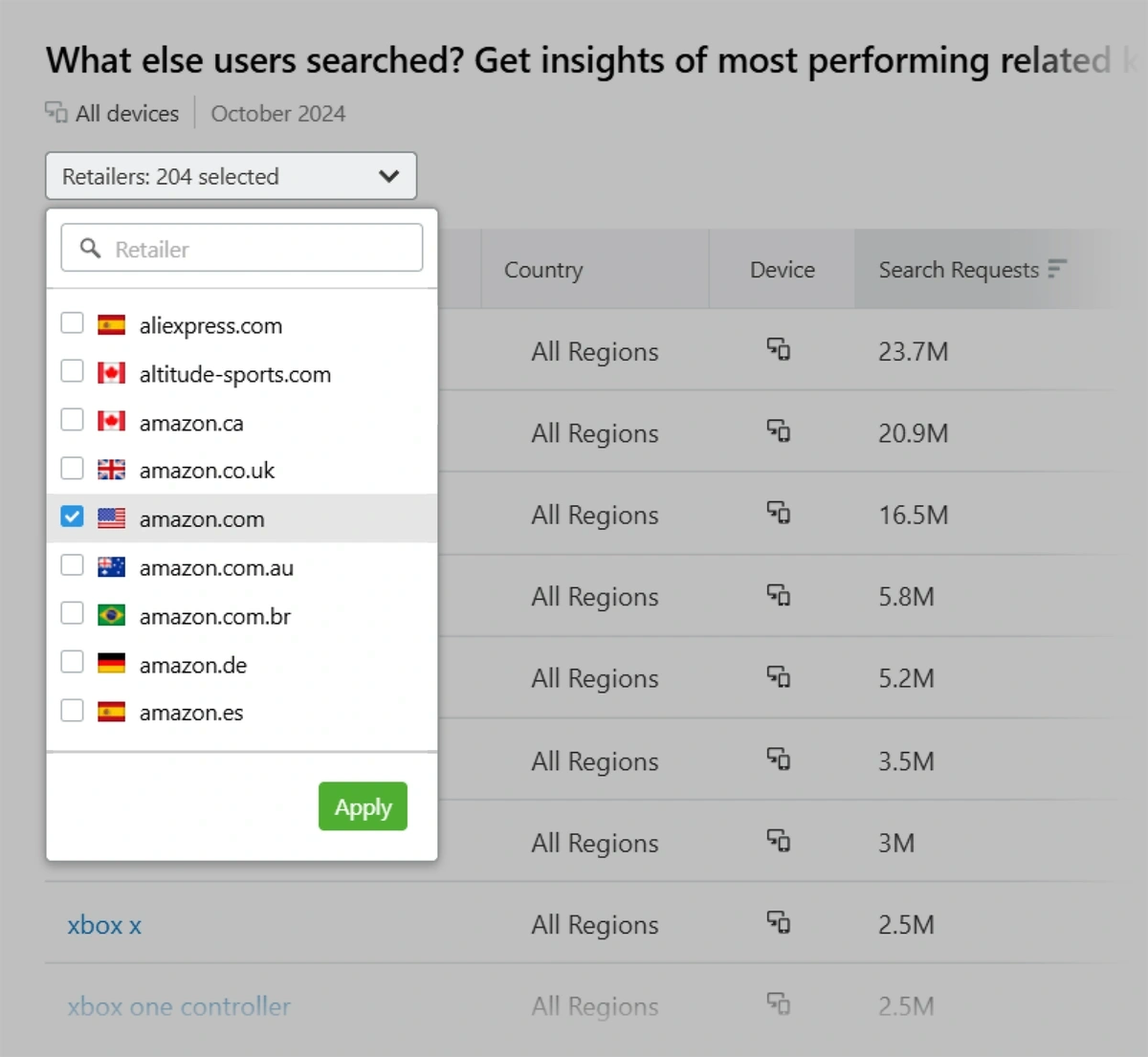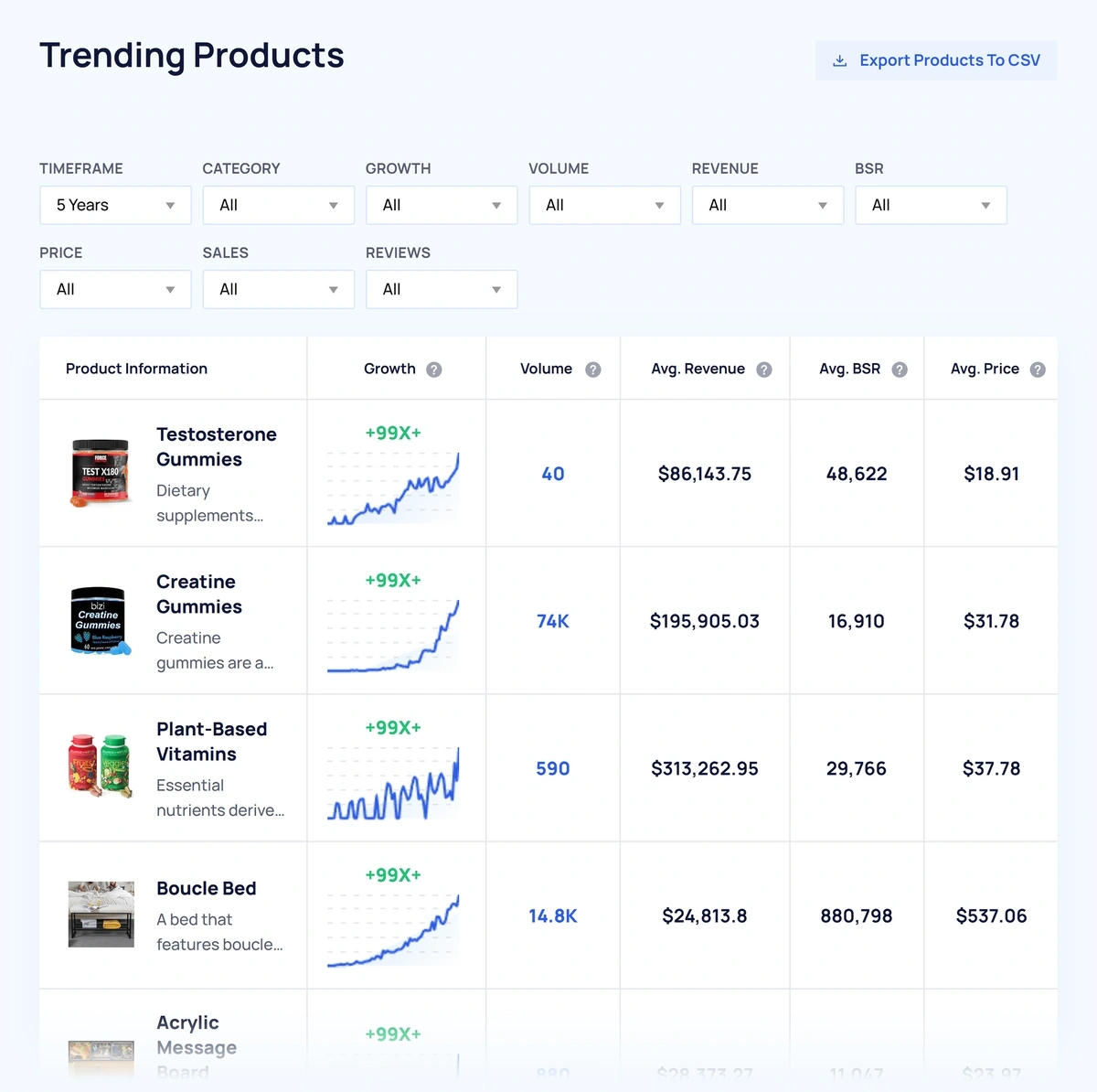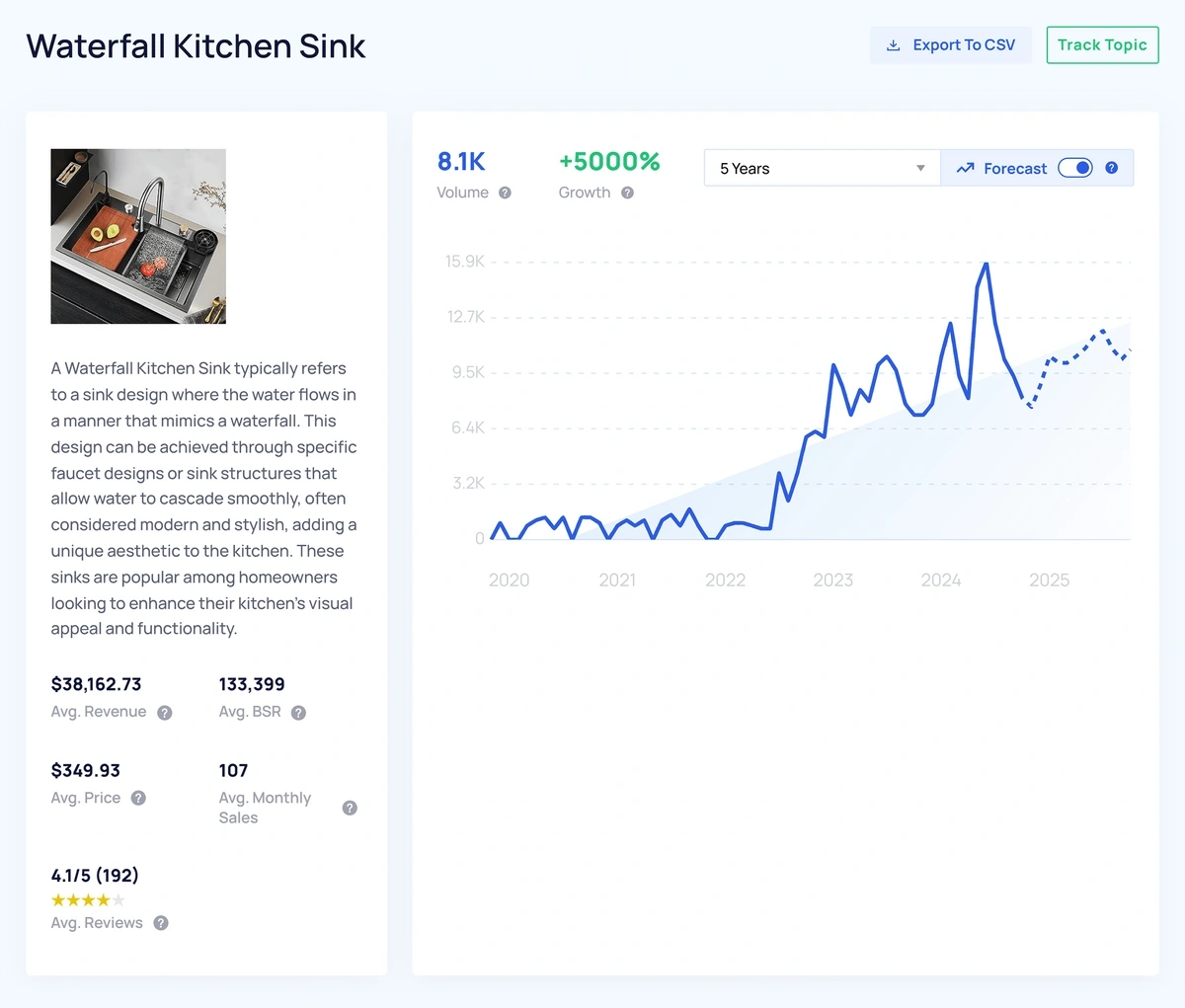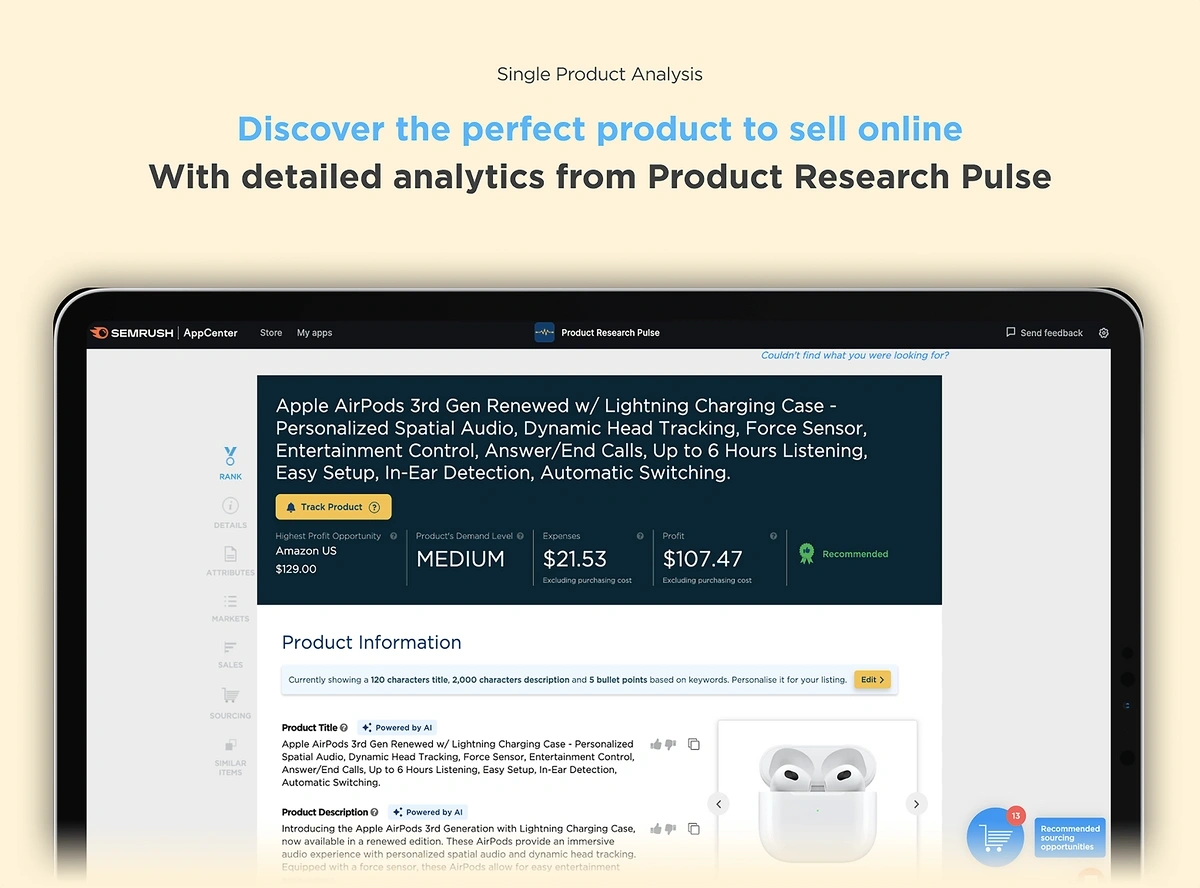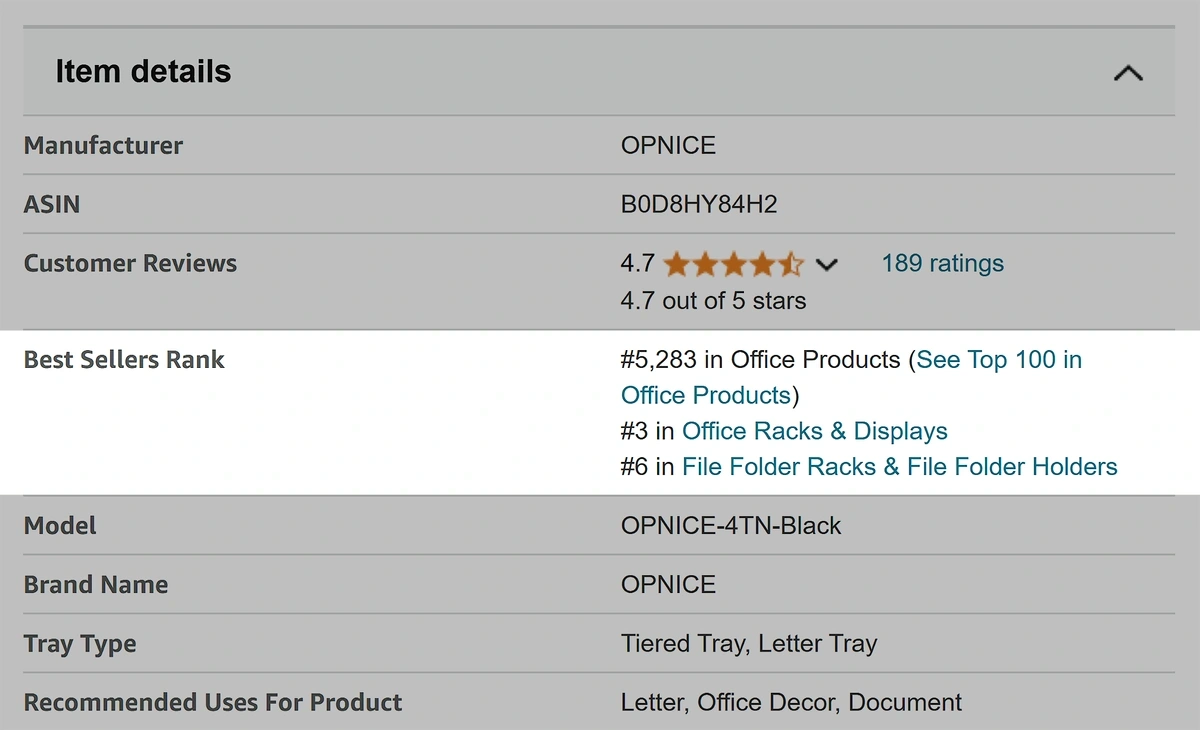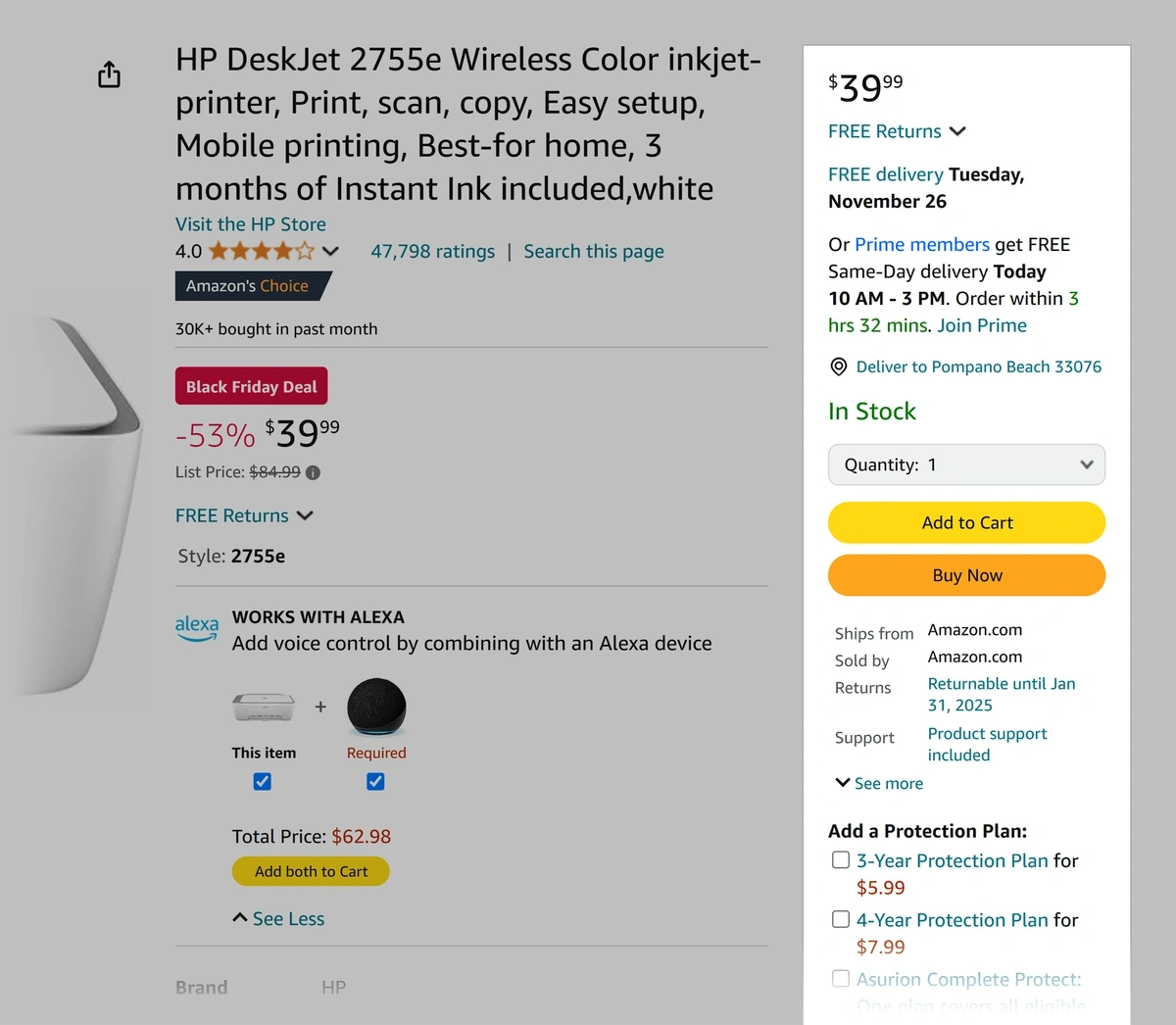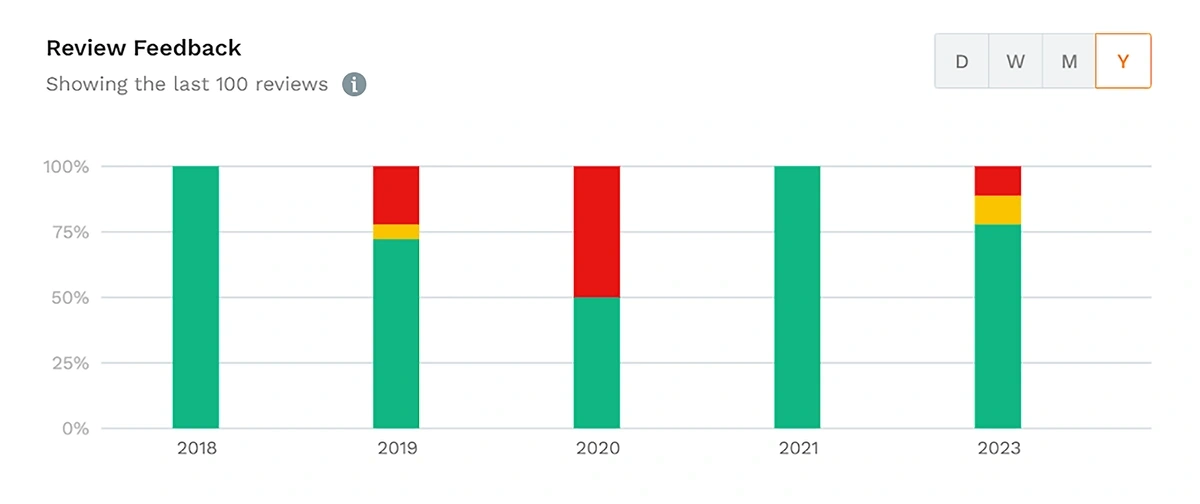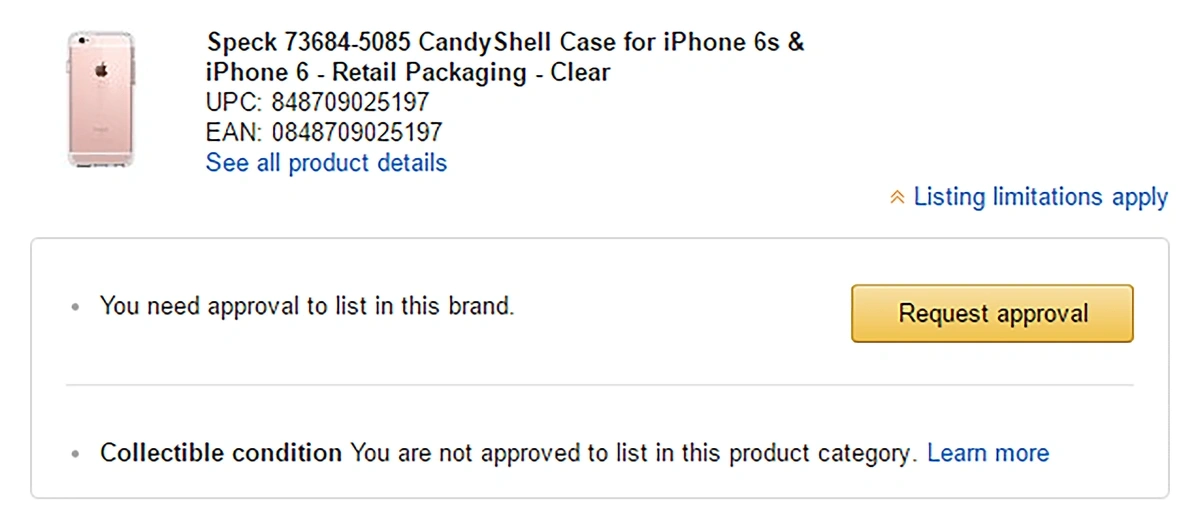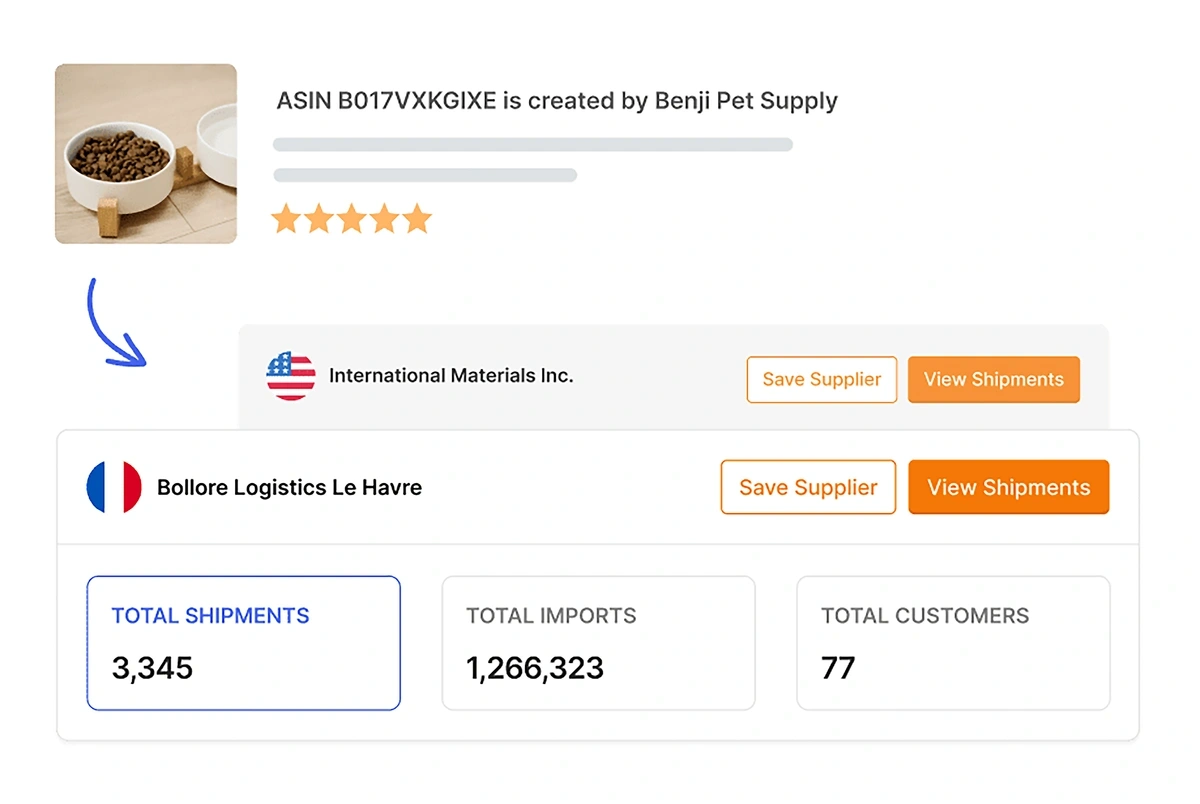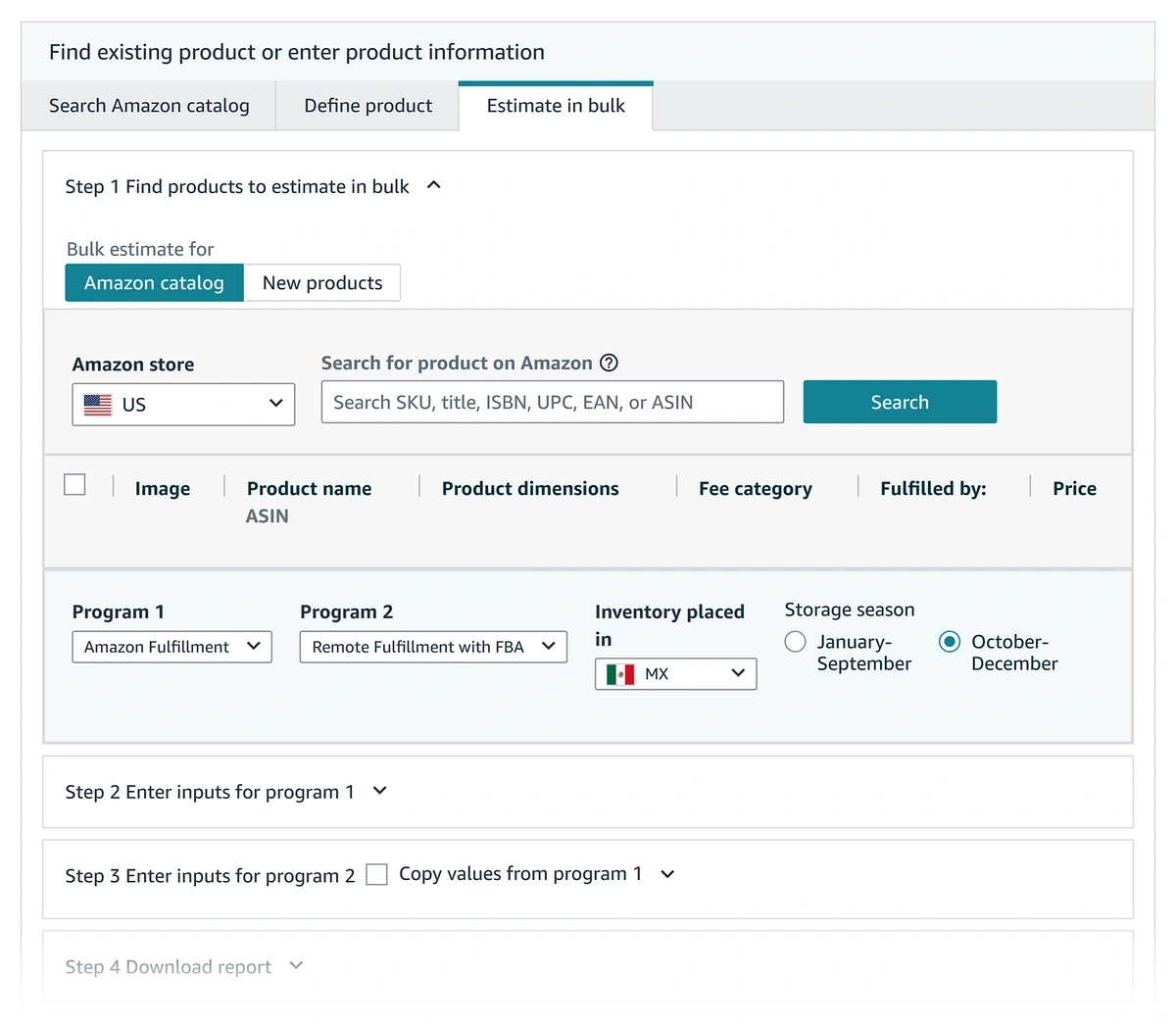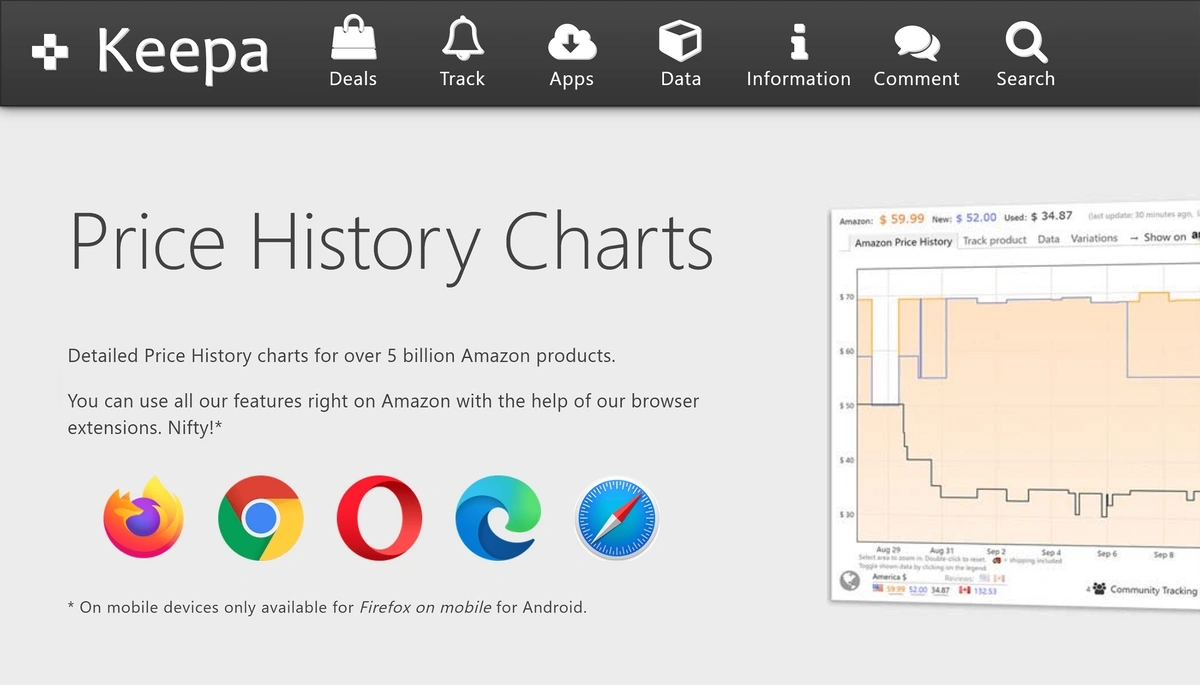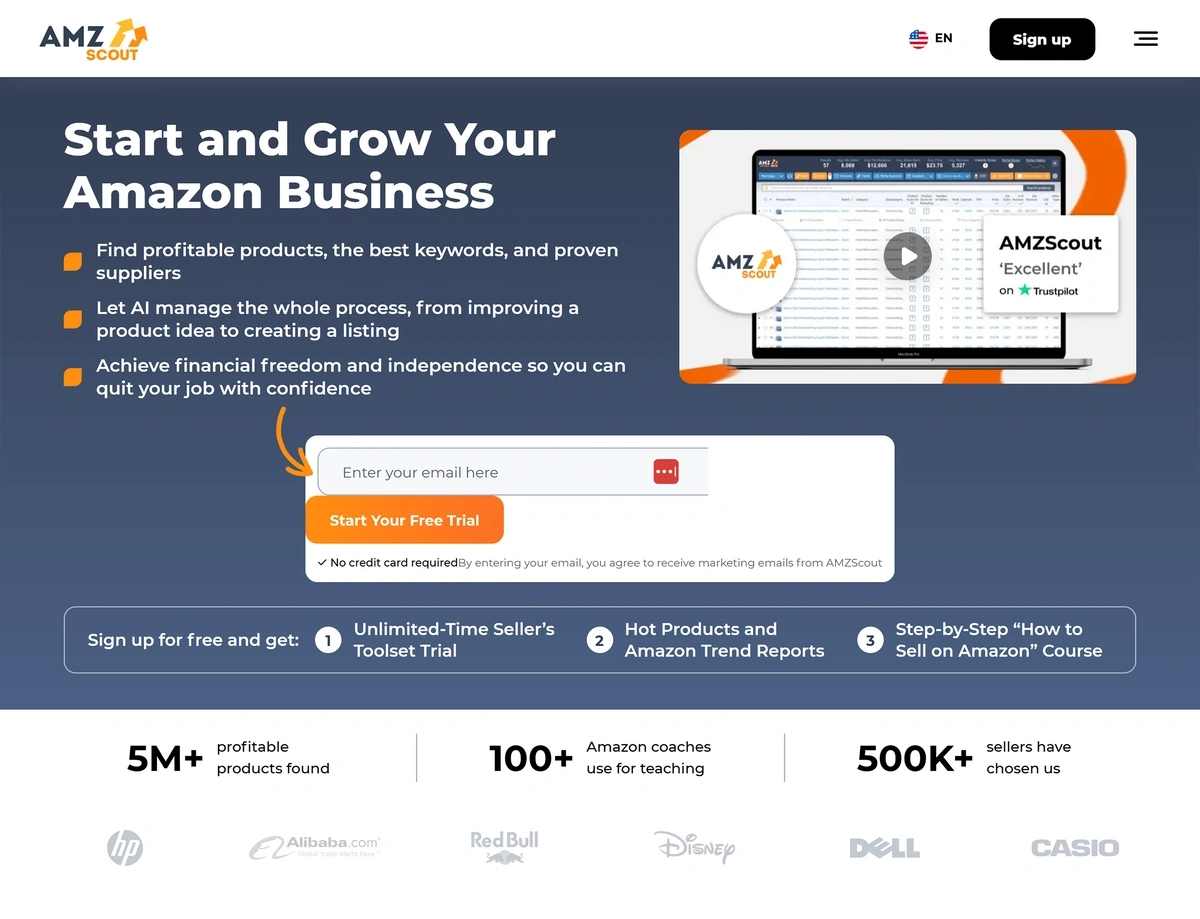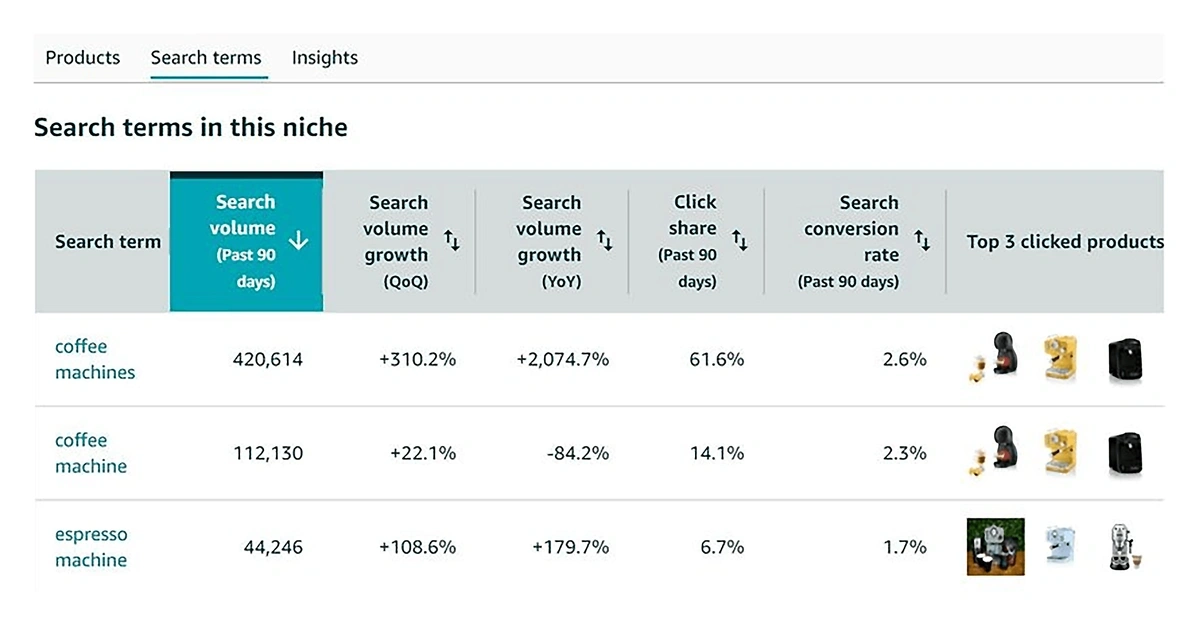
Amazon Product Research: A Comprehensive Step-by-Step Guide
Amazon product research is the key to competing with people who are already making money by selling online.
It’s a data-driven, research-backed approach to identifying and launching a successful, profitable product. You’ll need to:
- Identify in-demand items
- Analyze competitors
- Build a sales strategy.
Without this research, you’re setting yourself up for missed sales, poor inventory management, or financial loss.
This guide will show you how to find a product to sell on Amazon, and how to position yourself for a successful launch.
What is Amazon Product Research and Why is it Important?
Amazon product research involves identifying trending and popular products in a category.
On average, US-based sellers are selling 8,600 products a minute on Amazon, amounting to more than $250,000 in average annual sales per seller.
Without doing your research, you risk investing time, resources, and money into products that may be over-saturated with competitors.
Amazon also reports that more than 60% of sales come from independent sellers, which are mostly small and medium-sized businesses.
So there is a chance to make money.
Amazon product research is your validation of whether or not your idea is good enough.
You’ll find the answers to questions like:
- What do sales numbers look like for my product? Is it seasonal? Is this an emerging product?
- Are customers satisfied with the current product offerings? How can I be better?
- How much does this item sell for? What’s the profit look like after everything?
So, how do you start gathering this info?
Step 1: Research Product Demand
Even if you have a great product idea, it won’t matter if there’s no demand for the product on Amazon.
Start by doing keyword research to understand what potential customers are searching for.
You can use the Semrush E-commerce Keyword Analytics tool to identify the keywords people are using on Amazon related to your product.
Enter keywords related to the product niche you’re considering, such as “office desk organizers” or “eco-friendly kitchen soaps”.
Find out how many shoppers are searching for your product and what their behavior looks like.
Next, you’ll be able to dig into data like search requests, product clicks, add to basket, and orders on keywords across major retailers, including Amazon.
Comparing “add to basket” data and “orders” is a great way to see if people are searching for your product, but maybe aren’t committed to ordering it.
This could help you focus your research as to why this is happening. Or you might find that people are relying on other retailers for your product, which might not make it the right candidate for your Amazon venture.
If you click on the "Related Keywords" tab in E-commerce Keyword Analytics, you’ll discover keywords that are similar to your search term.
This can also reveal trending keywords in your niche.
From here you can filter the list to display only Amazon results.
You might even consider filtering by conversion to focus on the best keywords.
Pay close attention to historical data here. You’ll need to understand if there’s any seasonality to the keywords related to your product.
You’ll want to determine if the interest in your product is a long-term trend or a temporary spike.
This data combined will help you to find trending products on Amazon. You’ll get information on the best time to launch your product, as well as manage your inventory and projected sales based on seasonal trends.
Exploding Topics can also help you to predict trends and anticipate demand for Amazon products, as well as highlight data surrounding the growth in interest, revenue, and even customer ratings.
Our trending products tool allows you to gauge consumer interest in a variety of DTC products through multiple data points and views.
Here you can:
- Filter the trends database by category and date to identify untapped markets.
- Search for trending brands to discover product gaps that your target audience might be interested in.
- Identify a product category 6 to 18 months before it becomes widely popular.
- Examine Amazon metrics like Best Seller Rank (BSR) and estimated revenue.
Once you’ve identified a product with high rankings, positive reviews, and steady revenue growth, you can click within the database to view more in-depth data.
This includes metrics like search volume, growth rates, and even TikTok views.
One last aspect of demand is figuring out whether a product is a one-time purchase or a recurring purchase for customers.
For example, items like furniture and even clothing are one-time purchases, whereas consumable items like car wash soaps or household cleaning supplies would be recurring purchases. Think about how this might play a role in your business setup.
Step 2: Research the Competition
Once you’ve found a product with demand, it’s time to check out the competition. Too many competitors or well-established brands can make it tough to break into the market.
The Semrush Product Research Pulse tool is helpful during this stage of your research.
You can compare various online retailers, including Amazon, to see whether the competition is high, medium, or low for your desired product.
Amazon’s Best Sellers Rank (BSR) comes into play here as well.
To find BSR on an individual product, go to any product on Amazon and scroll down until you find the “Product information” section. There you’ll see a box like this:
BSR takes into account current and historic sales, product price changes, and sales trends. The lower the BSR, the better it’s selling.
Note: Amazon updates the BSR hourly, so it’s always changing. It’s more important to look at trends rather than focusing on specifics.
The right BSR target depends on your niche, but there are tools that can help you put into perspective what different BSRs might mean for your profitability, which we will discuss later on.
For now, we just need to know where to find this and what it means.
Next up on data you will need to gather to understand the competition is Buy Box data, now known as Featured Offer by Amazon.
The Buy Box is the box on the right that allows customers to add your product to their cart. It looks like this:
Buy Box data provides insights on what sellers are competing for the Buy Box and the average prices for your product.
Understanding this data will help you know how to price your product competitively. The lowest price isn’t necessarily the best price to earn the buy box.
When you’re researching competitor pricing, you should also look at reviews for their products.
Jungle Scout, a tool for Amazon sellers can help gather quick insights here.
Its review analysis will break down product reviews and themes within them.
This is a great way to figure out how you can differentiate your product from the competition.
This tool will even provide some insights about consistent themes within the comments, both positive and negative. It can provide recommendations for how you can differentiate your product based on the reviews from buyers.
Step 3: Understand Your Eligibility
Are you thinking: what can I sell on Amazon as a new seller?
Amazon has specific requirements for some categories, which may require additional approvals or registrations.
You’ll also want to make sure you understand whether or not your product is trademarked.
You’ll need to meet all of the eligibility requirements to sell in your chosen category.
You can start this process by logging into your Amazon Seller’s account and selecting “add a product” from the inventory menu.
Then, enter the UPC of the product and then Amazon will tell you if you’re eligible.
If you are eligible to sell, read through and find out how easy or difficult your product is to source.
Step 4: Profitability
According to Jungle Scout, 13% of Amazon businesses aren’t profitable yet. But, 57% of sellers are seeing profit margins of more than 10%, with 28% seeing margins above 20%.
In the same study, Amazon sellers reported profitability within their first year of selling on Amazon.
To get started with crunching the numbers, you’ll need to find a supplier.
Helium 10 features a Chrome extension to make this process simpler. This tool will help you understand how much your product costs to manufacture as well as vendor reviews.
But, this tool exclusively partners with Alibaba for suppliers.
You can also find suppliers through Jungle Scout.
Their tool lets you search by your product’s ASIN and even save and organize quotes from various suppliers.
When you’re comparing providers you’ll want to:
- Contact Multiple Suppliers: Always request samples from several suppliers. You should compare product quality, pricing, and see how responsive the suppliers are to your questions.
- Compare Costs and Minimum Order Quantities (MOQs): When you get quotes, make sure to pay attention to the MOQ each supplier requires. Some suppliers may offer lower prices but demand higher MOQs. That could require you to hold more inventory, which could cost you more.
- Negotiate Terms: Don’t be afraid to negotiate. You might be able to get better pricing, more flexible payment terms, or even shorter lead times.
Once you find a supplier and identify how much your product will cost to source, you can start figuring out pricing models for your product.
Amazon’s revenue calculator is extremely helpful at this stage in your research.
Here you can see see how different fulfillment methods might affect your profits based on:
- Inventory levels
- Estimated sales
- Amazon’s services.
It compares Fulfillment by Amazon (FBA) to self-fulfillment.
But you can’t just price your product for the highest profit. If you set it too high, you’ll lose sales to competitors.
This is why understanding buy box data for your product is important.
This research will give you your cost of goods sold (COGS), which is the cost of materials, labor, and packaging.
Once you’ve determined your COGS, you can use Amazon’s FBA calculator to calculate costs like shipping, fulfillment fees, and storage costs to find your exact profit margin.
Throughout this process you’ll need to understand:
- Monthly Sales Volume: Check the average number of units sold per month for similar products. Ideally, you want to target products that sell at least 10 units per day, or about 300 units per month.
- Sales Rank (BSR): Look at the Best Seller Rank for products in your niche. Products ranked in the top 5,000 tend to have strong sales.
- Seasonality: Use Exploding Topics and Semrush to figure out if the product is seasonal. Seasonal products can still be profitable, but they’ll need specific inventory management to account for periods of high and low demand.
- Size and weight: The dimensions and weight of your product are going to impact storage fees. Smaller and lighter items will be cheaper to store than large, heavy items such as furniture. You need this when you estimate your costs using the Amazon profit calculator.
Tip: When figuring out profit margins for specific products, a general guideline is to aim for 20% or more.
Best Amazon Product Research Tools
Product research can be time-consuming. Fortunately, there are many Amazon product research tools to help you.
Keepa
Keepa tracks the price history for Amazon products.
These historical data points help identify the best times for you to start selling, and even hint at when supply costs might be lower.
Some of the helpful features include:
- Price History Charts: View how a product’s price has fluctuated over the last month, year, or longer.
- Amazon Price Comparisons: Compare sales data across different sellers.
- Sales Rank Tracking: Keep an eye on the product’s Best Seller Rank (BSR) over time to monitor how well it’s performing in its category.
AMZ Scout
AMZ Scout is a tool that helps with identifying product opportunities and suppliers.
Some of the features include:
- Learning resources: There’s a lot of information from the experts at AMZ Scout to help you get started.
- Product analysis: Compare product competition and pricing, as well as gain insights into profitability.
Amazon
Of course, Amazon has valuable resources to start your journey.
Once you have an Amazon seller’s account, you can access tools from your dashboard.
You can look up your product and see data around search volume, product growth, units sold, and pricing.
This is a great resource for reliable data since it comes directly from Amazon.
Tip: If you’re looking to use AI for Amazon Product Research, just gather the data you need from Semrush. Then you can save time with AI: use popular AI tools like ChatGPT to analyze it for free.
Start Your Amazon Product Research Today
Amazon product research is essential to your success as a seller. It helps mitigate your risk as a seller and helps you identify the best opportunities that will actually turn a profit.
To successfully launch your product you’ll need to:
- Identify the highest potential keywords to find profitable products.
- Analyze the competition and find a way to differentiate your products from the rest.
- Know the costs associated with your product manufacturing, storage, and fees from Amazon.
- Price your product based on data and profitability, knowing you’ve made an informed decision.
With this research in place, you’ll be well on your way to launching a successful Amazon product.
Exploding Topics and Semrush can help you get the best data so you can identify your next opportunity. Both tools are essential in giving you the best chance of success.
Stop Guessing, Start Growing 🚀
Use real-time topic data to create content that resonates and brings results.
Exploding Topics is owned by Semrush. Our mission is to provide accurate data and expert insights on emerging trends. Unless otherwise noted, this page’s content was written by either an employee or a paid contractor of Semrush Inc.
Share
Newsletter Signup
By clicking “Subscribe” you agree to Semrush Privacy Policy and consent to Semrush using your contact data for newsletter purposes
Written By


Josh is the Co-Founder and CTO of Exploding Topics. Josh has led Exploding Topics product development from the first line of co... Read more

